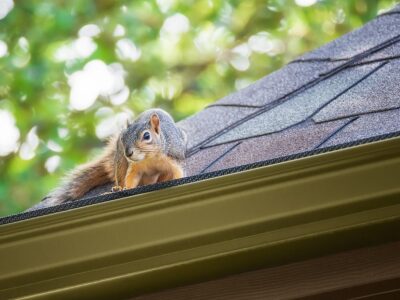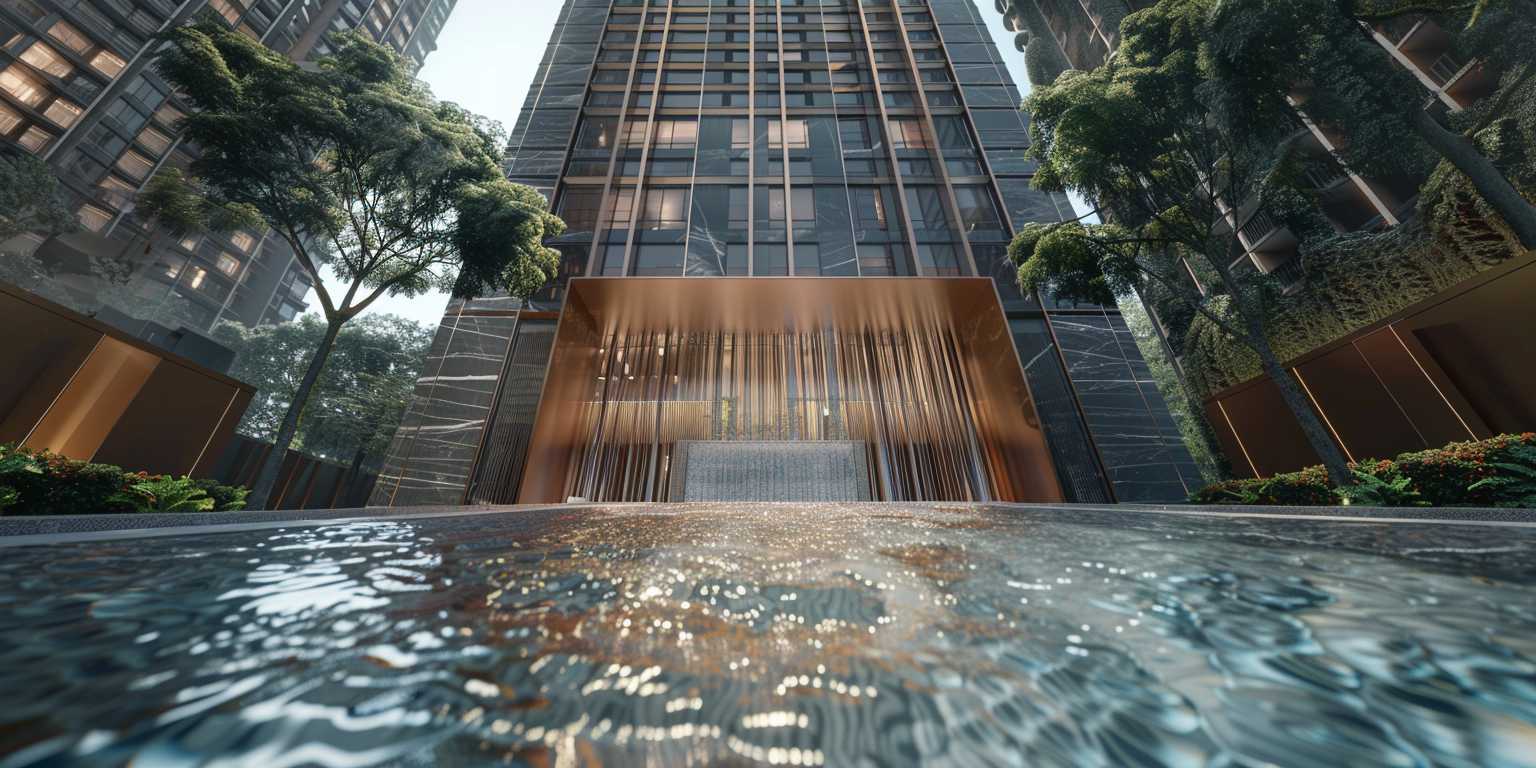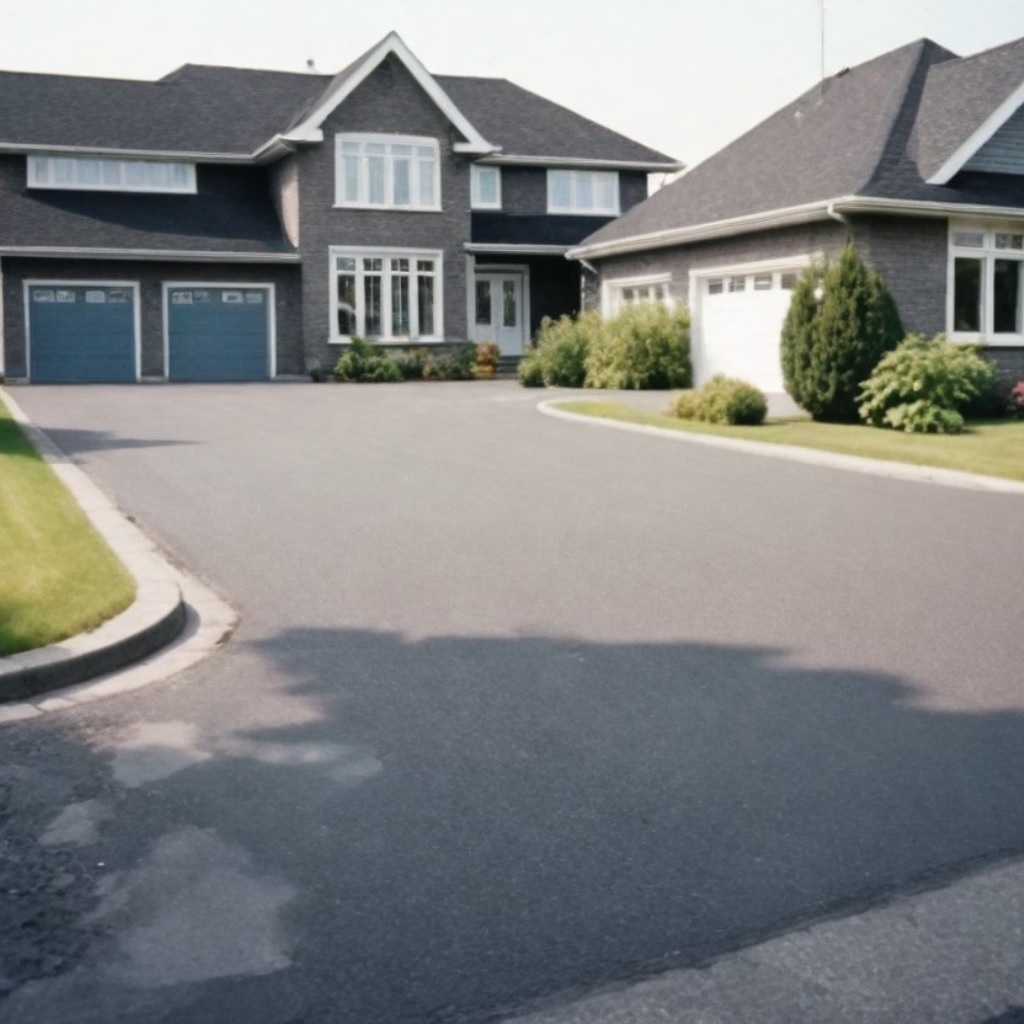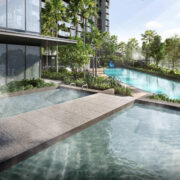No matter how many books children read, they learn any subject completely only when they do and experience things.
Therefore it’s important to offer the opportunities to participate in sensory play.
A sand and water table is one of the best examples of sensory play because it allows children to discover the uses and properties of sand and water as they handle, touch, scoop, dig and play.
A sand and water table also promotes creativity, creates opportunities to lean mathematics and science skills and develop social skills too.
Image Courtesy: step2direct.com.au
When you purchase children’s slide at Step2 Direct, your child gets benefited from and enjoy playing on the slide. A sand and water table also benefits children and let them enjoy a lot.
Setting up a sand and water table just to suit your space can demand some thoughtfulness.
Here are a few easy tips to help you set the table in such a way that your child will have awesome playing and learning opportunities.
1. Determine the Location and Size
While determining the location and size of your sand and water table, you should consider the following factors:
- Size of the room
- Other components of the room
- Number of children that will play at the sand and water table at a time
- Number of accessories
If your space is small, a sand and water table for two children is fine. For a larger room, you can get a bigger Step2 Direct kids sand and water play table.
It’s better to position the table near a sink or a garden tap. This will make it easy to fill the table with water and also for the cleanup.
Image Courtesy: step2direct.com.au
2. What Should You Look For?
There are certain types of sand and water tables:
- Mobile sand and water table
- Double tray sand and water table
- Multi-station sand and water table
- Transparent sand and water table
Some other great options are sand and water tubs or trays, and waterwheel tables. You can even get these tables specially designed for infants and toddlers.
Image Courtesy: step2direct.com.au
3. Be Prepared for Messes but Try to Prevent Them
Children just love to play and they don’t bother much about tidying things up. Why should they? They are eager to explore new things and don’t have time for cleanups.
It’s your job to organise everything once the play is over. So, it’s better to be mentally prepared for messes.
However, you can also prevent or at least minimise messes as far as possible with objects like sensory mats placed under the table, waterproof aprons for children, storage containers to organise play sets and accessories etc.
Once packed in containers, all the playthings can be kept organized in a rolling cart or storage unit, so that even children can get them back easily.
Image Courtesy: step2direct.com.au
4. Get Various Accessories
You can add to the fun and learning opportunities with various play sets and accessories such as scoops, buckets, shovels, sand moulds, boats, pirate ships, mini fishing tackle, water pumps, floating toys and so on.
Follow these tips and your child will have a wonderful time with her friends, playing as well as learning.













Comments